Zero calories / zero glycemic index
safe for diabetics, keto, weight-loss seekers.
The sneaky ingredient in a large amount of grocery items that is not good for your body...

High fructose corn syrup is not “mystery sugar.” It’s engineered corn sugar with a specific glucose–fructose profile:
HFCS is ~24% water; the rest is mainly fructose + glucose, with a small amount of longer glucose chains.
Conceptually: it’s a liquid sucrose analog with a slightly higher proportion of fructose in the HFCS-55 variant used in sodas.
Regulators:
You already know the big one: sugar-sweetened beverages. But HFCS is spread across a ridiculous percentage of the ultra-processed landscape:
The USA lives on this stuff. Average added sugar intake is ~17 teaspoons per day for adults.
HFCS is one of the dominant contributors, especially via sodas and pre-packaged drinks.
HFCS’s issue is not just “more sugar.” It’s where the fructose goes and how it’s metabolized.
Glucose
Fructose
Chronic high fructose exposure (especially from HFCS and sucrose in beverages):
There is a fairly strong body of mechanistic and epidemiologic data linking high intake of HFCS/sucrose-sweetened beverages with NAFLD, NASH, type 2 diabetes, and cardiometabolic disease.
Chemically:
Metabolically, if you match for total fructose + glucose load, HFCS and sucrose behave more similarly than differently. That’s why some controlled trials show broadly comparable effects when calories and sugar doses are matched.
Important nuance, though:
So the honest statement is:
Pure fructose has a low GI (~19–25), while glucose is 100 and sucrose is ~65.
HFCS (as a mixed syrup) often ends up with a GI reported around the high-70s to high-80s range, depending on the formulation and study.
Key point:
Through that lens, HFCS-rich intakes are:
Dose + delivery format is what actually destroys people:
From a clinical angle: most patients with metabolic issues don’t need a subtle micronutrient tweak. They need HFCS and sugar-sweetened beverage removal as a front-line intervention.
Repeated in different ways across the literature:
NAFLD prevalence is now ~25% globally and higher in the U.S., and high intake of sucrose/HFCS sweetened beverages is consistently identified as a key dietary risk factor.
This isn’t controversial at this point. The debate is not whether high HFCS/sucrose intake is harmful, but how much damage at what dose, and how reversible it is with proper intervention.
Contrast HFCS with what you’re building with MonkVee:
HFCS
MonkVee monk fruit & stevia (pure, no HFCS, no dextrose carriers):
MonkVee’s lineup avoids that trap:
Functionally, if you swap HFCS-based sweetness for MonkVee:
Some concrete replacements:
The key is not to moralize sweetness; it’s to re-engineer where the sweetness comes from.
A practical protocol you could turn into content or a program:
Phase 1 – Eliminate Liquid HFCS
Phase 2 – Remove HFCS from Daily Staples
Phase 3 – Rebuild Recipes Around MonkVee
Phase 4 – Track Outcomes
HFCS is:
It’s not that a single HFCS-sweetened soda is a lethal event. The problem is years of high-dose chronic exposure in an environment already overloaded with added sugars.
MonkVee monk fruit and MonkVee stevia represent the opposite design philosophy:
Given the current metabolic landscape, keeping HFCS as a background ingredient in daily food is an unnecessary handicap. Swapping that entire category of sweetness for MonkVee-type sweeteners is a direct, mechanistically sound way to pull a major lever on liver health, blood sugar control, and long-term disease risk.
| Sweetener | Sweetness Level vs Sugar | Calories per Teaspoon | Glycemic Index | Aftertaste / Fillers | Verdict |
|---|---|---|---|---|---|
| Table Sugar | 1x | 16 | 65 | No fillers, but addictive | Tastes good, but fuels cravings & crashes |
| Pure Monk Fruit (MonkVee) | ~150x sweeter | 0 | 0 | No fillers, clean taste | Best sugar alternative – clean, natural, zero glycemic impact |
| Stevia | ~300x sweeter | 0 | 0 | No fillers, MonkVee has no aftertaste | Pure Stevia is a great option like Pure Monk Fruit |
| Coconut Sugar | 1x | 15 | 54 | No fillers, but still sugar | Marketed as “healthy,” but still raises blood sugar |
| Agave | 1.5x | 15 | 10–20 | No fillers, but high fructose | Lower GI, but high fructose load |
| Maple Syrup | 1x | 15 | 54 | Natural, but still sugar | Delicious, but not a real sugar-free alternative |
Millions of Americans are waking up to the processed sugar epidemic. Don’t be the last one stuck with the crash, bloat, and regrets — when MonkVee makes the swap easy.
Monk fruit, also known as Luo Han Guo, is a small melon native to southern China. For centuries, Buddhist monks used it as a medicinal tea for longevity and wellness. Its sweetness comes from mogrosides — unique antioxidant compounds up to 150–300× sweeter than sugar, but with zero calories and no glycemic impact.
At MonkVee, we deliver both pure monk fruit extract and pure stevia leaf extract — no erythritol, maltodextrin, or fillers. For those who enjoy blends, we also craft monk fruit + erythritol sweeteners that bake, brown, and caramelize just like sugar.
| Sweetener | Calories (per tsp) | Other Nutrition Claims | Reality Check |
|---|---|---|---|
| Table Sugar (cane) | ~16 | “Energy source” | Empty calories, high glycemic load |
| Coconut Sugar | ~16 | Lower GI, contains minerals | Still mostly sucrose |
| Date Sugar | ~15 | Made from dried dates | Still sugar, high calorie |
| Agave Nectar | ~20–21 | Low GI | High fructose load |
| Maple Syrup | ~19 | Minerals & antioxidants | Still sugar-heavy |
| Honey | ~16–20 | Natural, antibacterial | High sugar load |
| Jaggery | ~15–16 | “Unrefined sugar” | Same impact as cane sugar |
| Molasses | ~15 | Iron & minerals | Still concentrated sugar |
| Brand | Problematic Ingredients | Why It Matters |
|---|---|---|
| Monk Fruit in the Raw | Dextrose | Cheap filler; spikes blood sugar |
| Splenda Monk Fruit | Dextrose, Maltodextrin | Additives reduce purity |
| Whole Earth Monk Fruit Blend | Erythritol, Natural Flavors, Sugar | Contains sugar + vague flavors |
| Sugar in the Raw “Monk Fruit” | Cane Sugar | Not sugar-free; misleading |
| Sweet’N Low “Monk Fruit” | Saccharin, Dextrose | Artificial additive with history |
| Category | Best Fit For | Key Benefits | Caveats |
|---|---|---|---|
| Pure Monk Fruit Extract | Zero-calorie drinks & baking | Natural, antioxidant-rich | Very sweet; use sparingly |
| Monk Fruit 1:1 Blends | Daily sugar replacement | Easy swap; sugar-like texture | Higher price than sugar |
| Pure Stevia Extract | Teas, smoothies, keto | No calories, no aftertaste (MonkVee) | Other brands may taste bitter |
| “Natural” Sugars | Traditional recipes | Trace minerals | Same calorie & glycemic impact |
| Syrups | Flavor depth | Antioxidants, unique taste | High calorie, sugar-heavy |
| Product | Sweetness vs Sugar | Daily Use Example | Average Duration |
|---|---|---|---|
| MonkVee Pure Monk Fruit Extract | 150× sweeter | 1 coffee/tea daily | ~6 months |
| MonkVee Pure Stevia Extract | 300× sweeter | Smoothie or tea daily | ~9–10 months |
| Brand | Strengths | Weaknesses |
|---|---|---|
| MonkVee | Pure extracts, premium taste, bulk sizes | Higher cost vs sugar |
| Monk Fruit in the Raw | Easy to find | Contains dextrose filler |
| Sweet’N Low “Monk Fruit” | Cheap | Contains saccharin & dextrose |
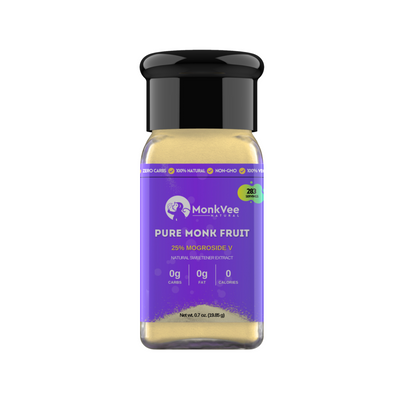
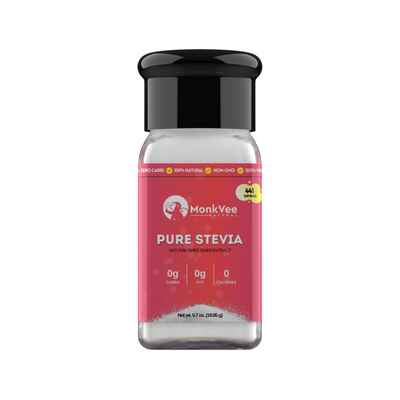
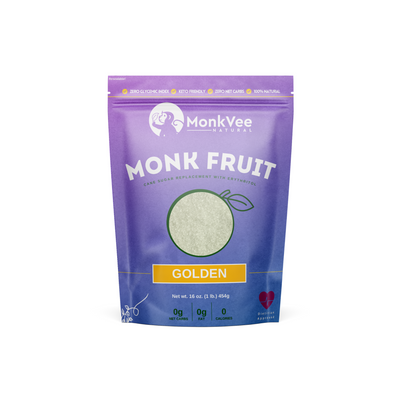
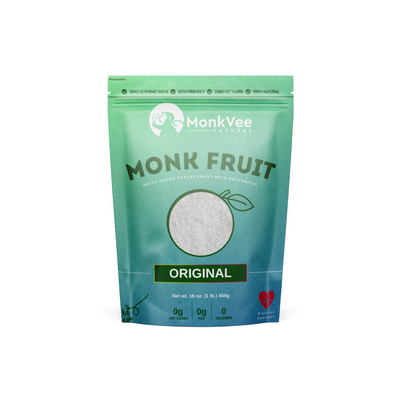
safe for diabetics, keto, weight-loss seekers.
Say goodbye to added sugar and lab-made artificial sweeteners.
No bitter aftertaste
Our products are high quality and 100% natural with no sneaky fillers or preservatives.
Our customers keep coming back for more. Why count calories when you can just ditch them!
MonkVee is founded by a type 1 diabetic and registered dietitian.
MonkVee sweeteners can be used in anything! See our recipe library for inspiration.
100% satisfaction guarantee or your money back, no questions asked

Ditching the sugar was never THIS easy!
Learn why millions of smart humans are ditching added sugar now
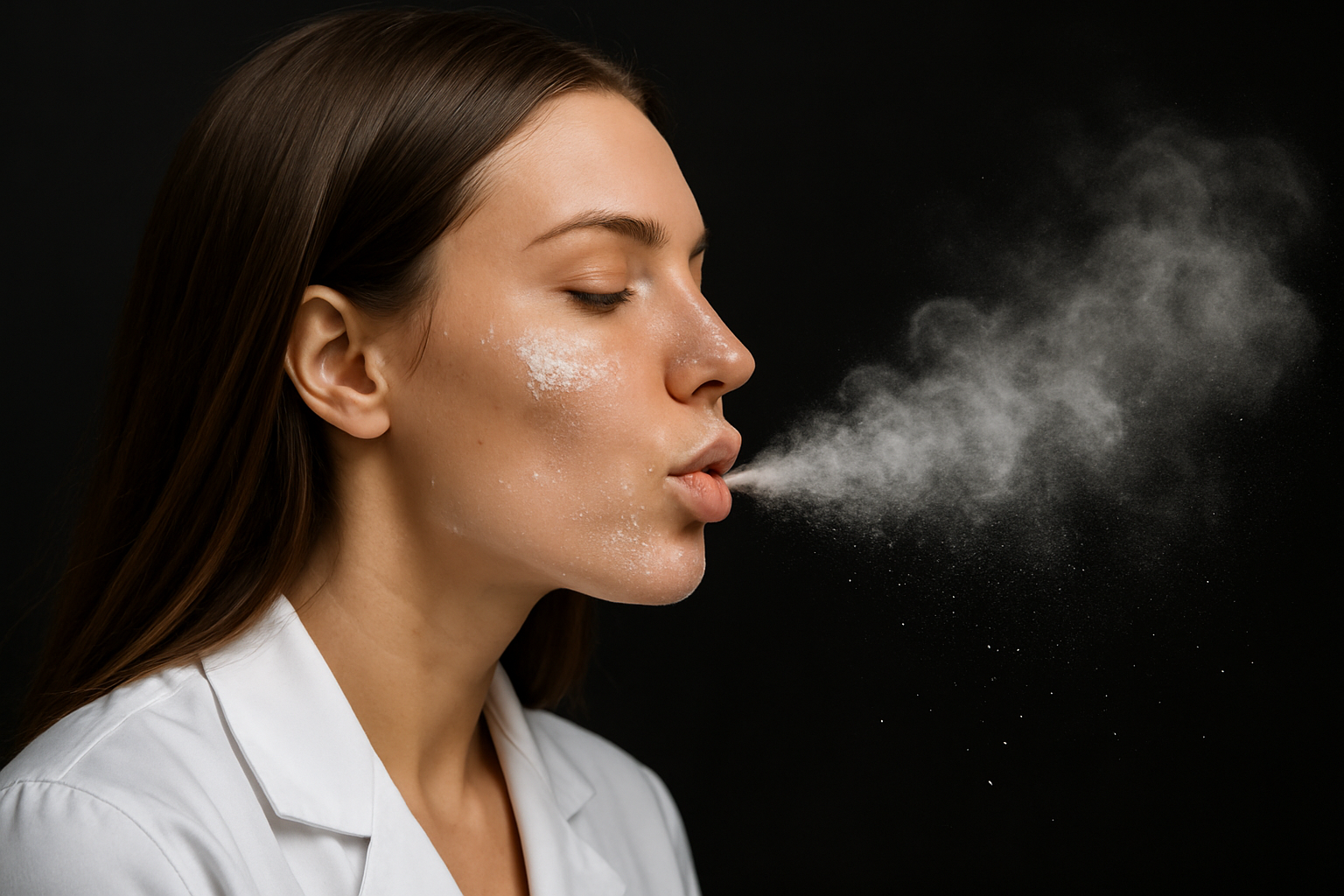

Cuts empty calories without losing satiety. Linked to reduced visceral fat (Harvard study). Prevents sugar spikes & crashes that fuel hunger
Prevents insulin spikes & crashes. Improves insulin sensitivity. Lowers Type 2 diabetes risk.
High sugar doubles risk of heart mortality. Improves cholesterol & lipid profiles. Reduces fatty liver risk.
Eliminates sugar highs and crashes. Reduces brain fog. Linked to lower rates of mood disorders
Reduces stress hormone imbalance. Improves hunger/satiety regulation. Supports women with PCOS (insulin-driven).
Lowers acne-causing inflammation. Prevents glycation (wrinkles, collagen damage). Reduces water retention & bloating. Sugar feeds cavity-causing bacteria. Cutting sugar reduces decay & gum disease.
Sugar weakens immune response. Cutting sugar reduces harmful bacteria & candida. Lowers risk of major chronic diseases. Linked to greater life expectancy.
High sugar impairs memory & focus. Alzheimer’s risk tied to “Type 3 diabetes” effect. Improves overall vitality & daily health. Lower risk of cognitive decline with reduced sugar intake
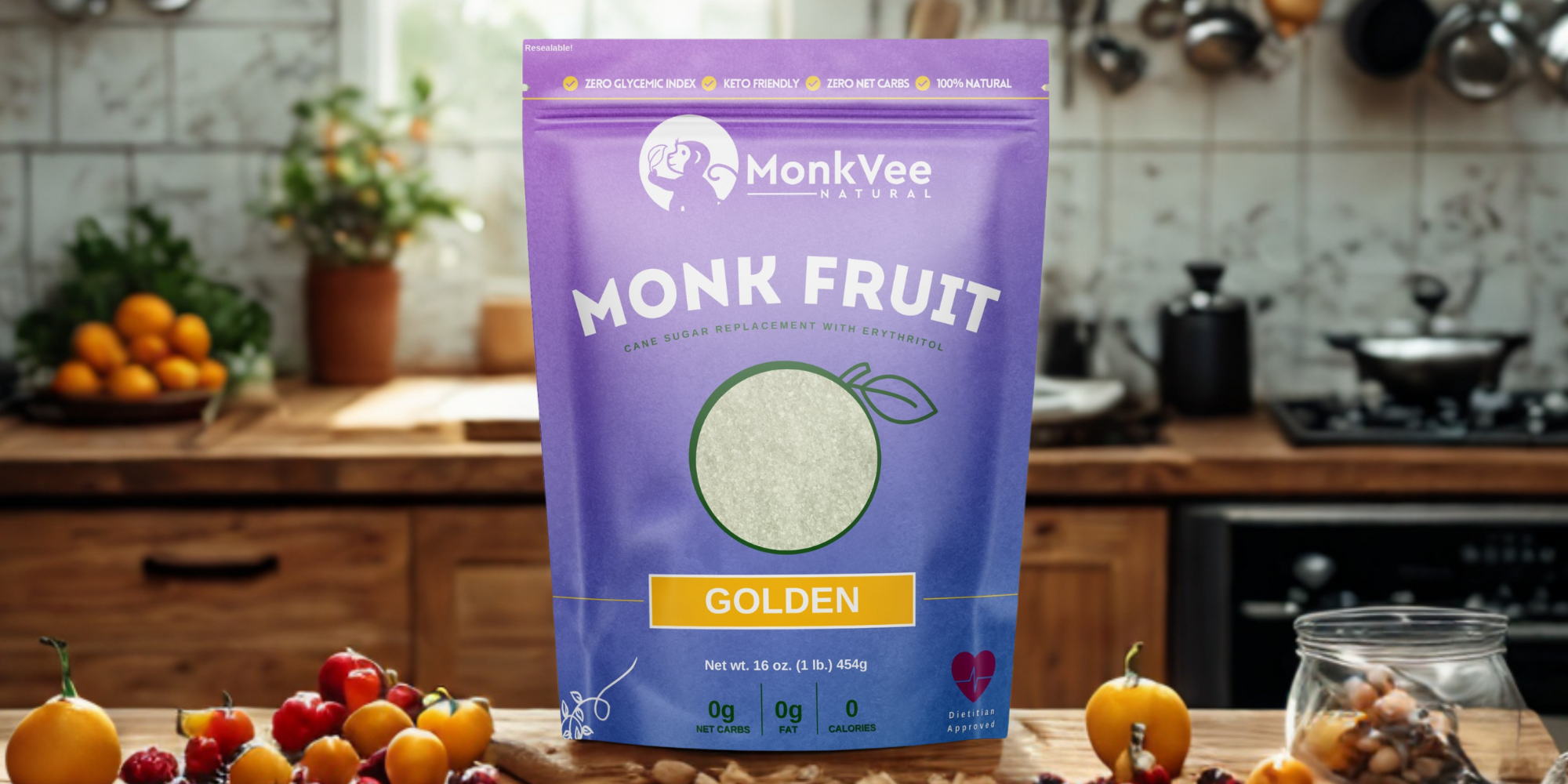
Welcome to the Sweet Life.
!